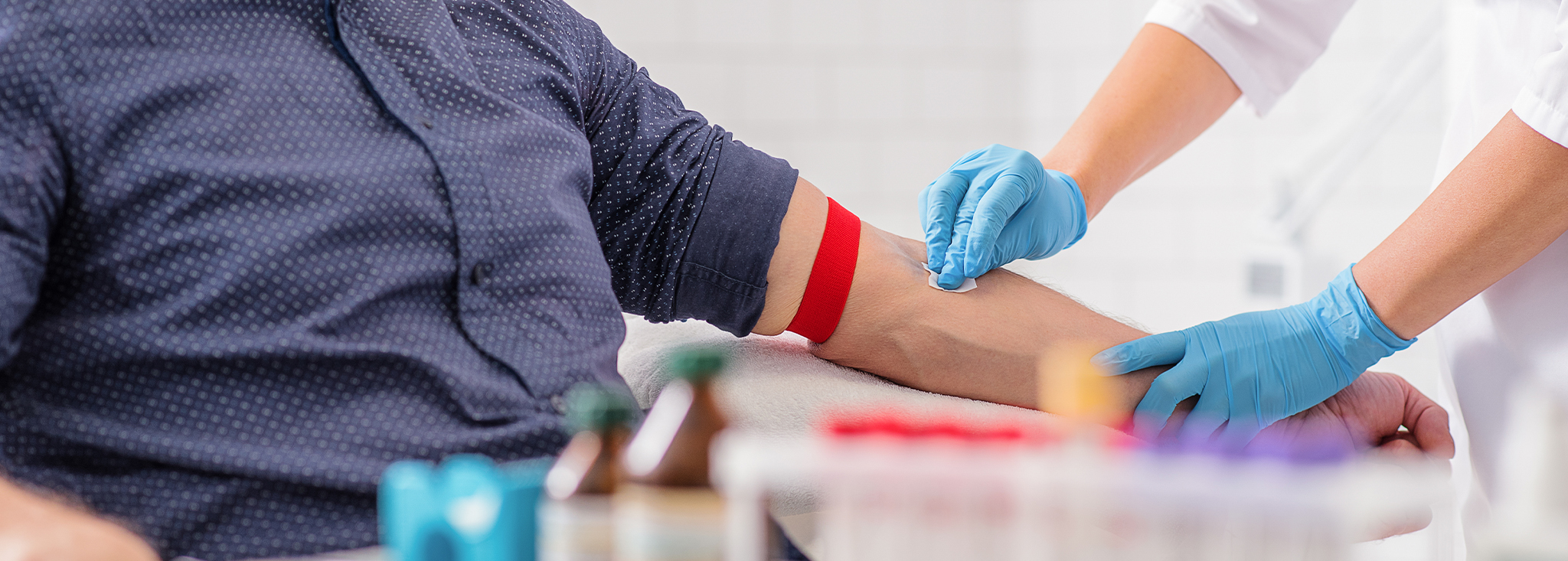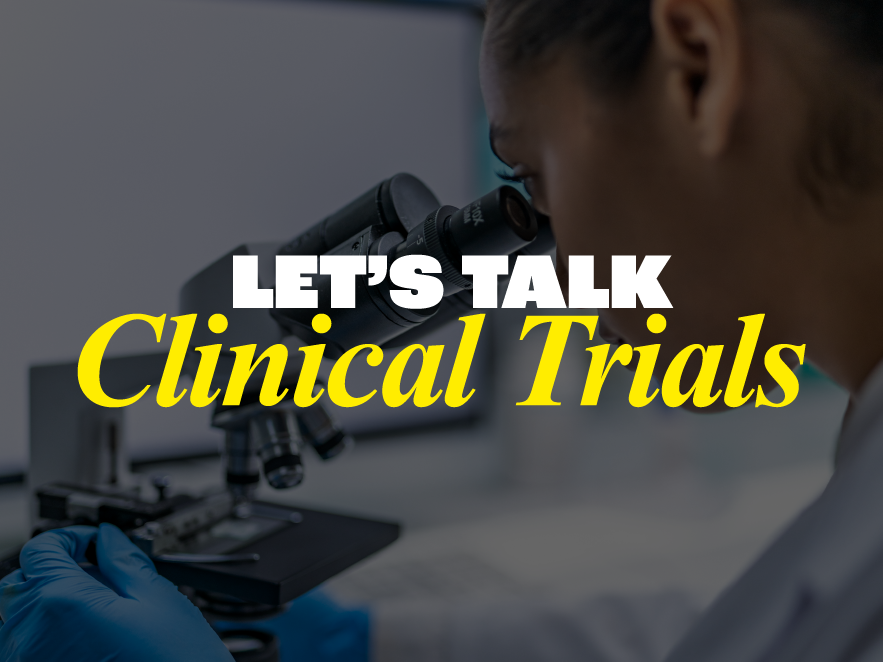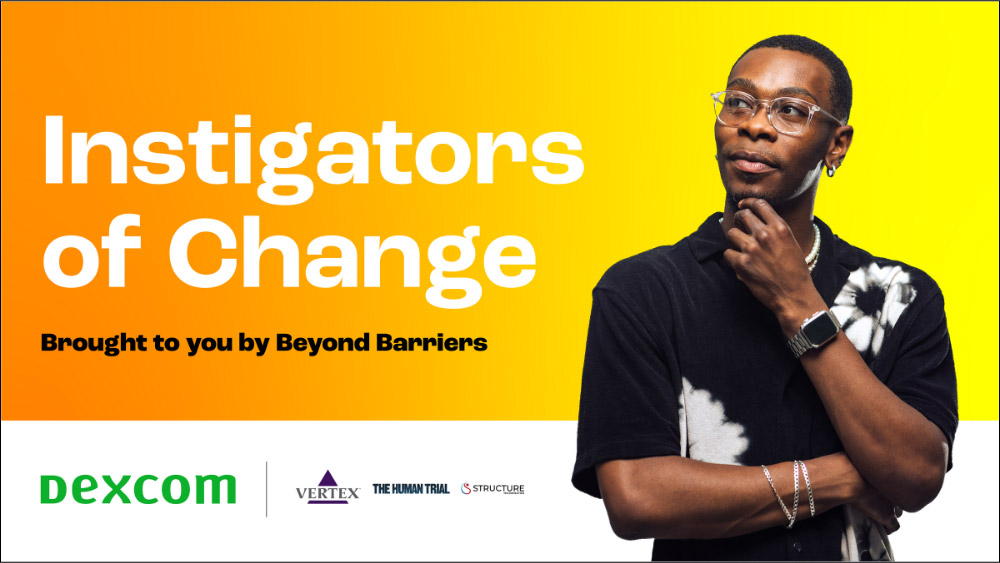The Different Stages in Clinical Trials
Written by: Beyond Type 1 Editorial Team
2 minute read
July 6, 2020
Ever wonder how treatments become available? Have you heard about “phases” of development and FDA approval? Here’s a primer on how treatments get to those who can benefit from them.
Ever wonder how treatments become available? Have you heard about “phases” of development and FDA approval? Here’s a primer on how treatments get to those who can benefit from them.
Pre-clinical Phase
Before researchers are allowed to test their treatments on humans, they conduct laboratory research, and these results must be evaluated and then approved by the U.S. Food and Drug Administration (FDA). The FDA is the agency that is responsible for protecting the public health by ensuring the safety, efficacy and security of drugs, biological products and medical devices.
Phase I: Safety
This is the first phase of human testing and is designed to assess the safety of the treatment. The researchers test the new treatment on a small group of volunteers, usually between 20-80 people. Sometimes these tests are done on healthy individuals instead of individuals that would actually be using the treatment for its intended purpose. This phase is where some potential side effects of the treatment are identified. About 70 percent of research that enters Phase I successfully completes this phase.
Phase II: Efficacy
This next phase of clinical trials is about answering the question: does this new treatment actually work? Phase II studies focus on efficacy which is similar to effectiveness, but a little different. Efficacy tests how well the treatment does under the ideal conditions of the research study. Effectiveness refers to real world results. Phase II studies last anywhere from a few months to a few years, and many more volunteers are involved in this phase—up to several hundred. Overall, 47 percent of research that enters Phase II successfully completes this phase.
Phase III: Comparison
The third phase of clinical research is all about determining if this new treatment is better or comparable to the already available or “standard” treatment. If the new treatment is not at least as good or even better than the standard treatment, then there is little to no value in bringing the new treatment to the public. This means comparing the outcome of the treatment, the cost and the side effects. In order to answer these questions, Phase III clinical trials are large, typically including several hundred to several thousand participants, and the study can last several years. If a new treatment successfully completes Phase III, the study sponsor can request FDA approval to market the treatment. 70 percent-90 percent of research that enters Phase III successfully completes this phase.
Phase IV: Post Marketing Surveillance Trials
This last phase of clinical research monitors safety and effectiveness over a long period of time. Some treatments that work well under research conditions may not work as well under real-life circumstances and some side effects may become evident only over time. Of course sometimes certain treatments can be found to be better over time and this is important to know as well. Depending on the results of Phase IV, labeling and claims may be modified.

Author
Beyond Type 1 Editorial Team
Beyond Type 1 is the largest diabetes org online, funding advocacy, education and cure research. Find industry news, inspirational stories and practical help. Join the 1M+ strong community and discover what it means to #LiveBeyond a diabetes diagnosis.
Related Resources

If you have a relative with type 1 diabetes, you may be at higher risk...
Read more

What is TrialNet? TrialNet is an international network of the world’s leading type 1 diabetes...
Read more

Hyperglycemia—or high blood sugar—can sneak up on you, whether it’s from a missed dose, a...
Read more

